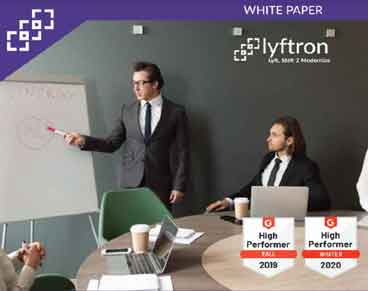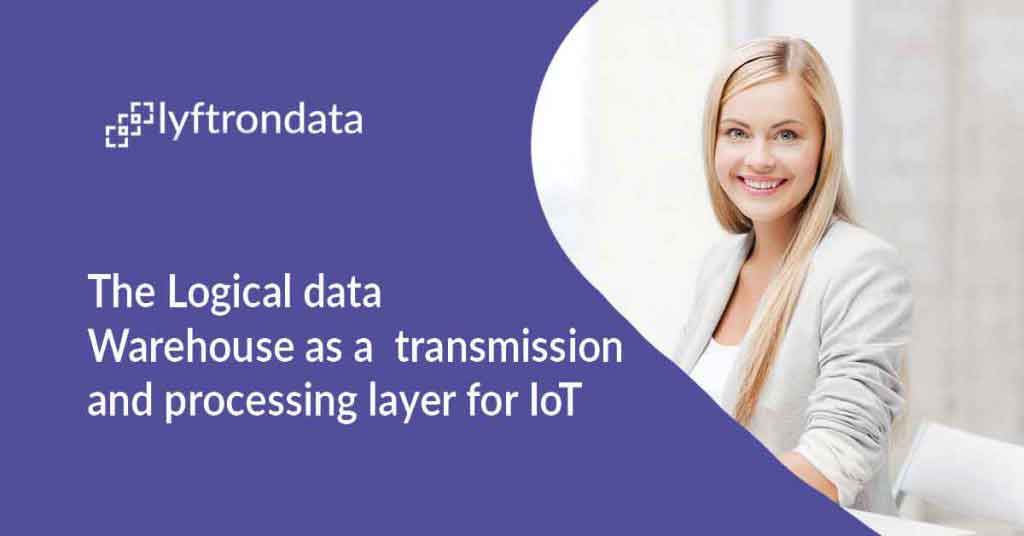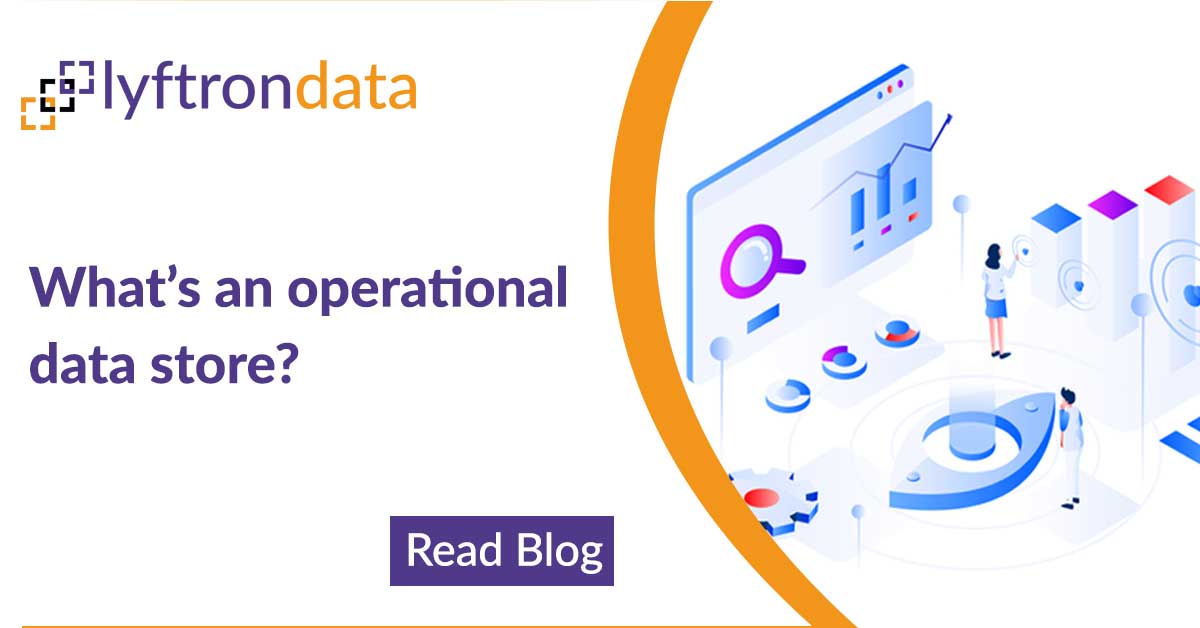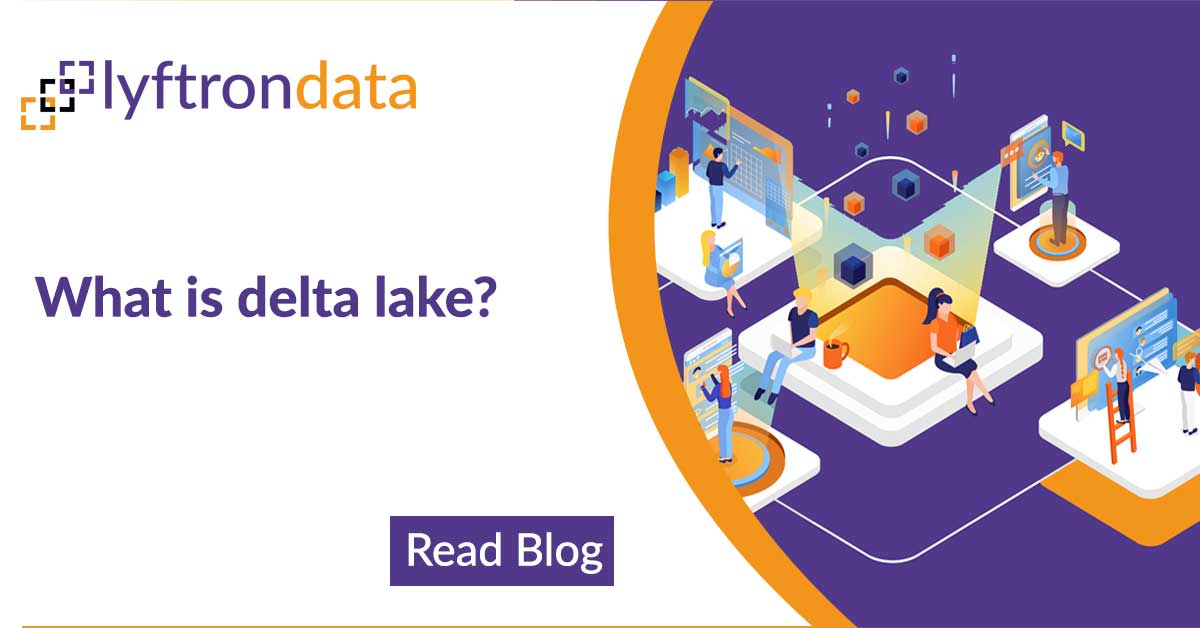Learn how modern-day data virtualization has always been a vital part of all data-driven businesses. Read our blog.
Data has always been a vital part of all businesses. Data virtualization, therefore, stands as a very valuable functionality that allows businesses to integrate, manage, access, and aggregate data from various sources irrespective of their physical location or real-time format.
Data has always been a vital part of all businesses. Data virtualization, therefore, stands as a very valuable functionality that allows businesses to integrate, manage, access, and aggregate data from various sources irrespective of their physical location or real-time format.
According to the Data Management Body of Knowledge (DMBOK) and the Data Management Association International (DAMA), data virtualization is defined as the following:
Data Virtualization enables distributed databases, as well as multiple heterogeneous data stores, to be accessed and viewed as a single database. Rather than physically performing ETL on data with transformation engines, Data Virtualization servers perform data extract, transform and integrate virtually.
Data Virtualization with Lyftrondata is a game changer and revenue generator
Data virtualization software acts as a strong bridge across varied, multiple data sources, bringing all vital decision-making data together in one unified virtual place to allow powerful analytics.
Data virtualization provides a modern robust data layer that allows users to access, combine, transform, and deliver datasets with breakthrough speed and cost-effectiveness. This technology allows users fast access to data houses across the entire enterprise—including big data sources, traditional databases, cloud, and IoT systems—at a fraction of physical warehousing and extract/transform/load (ETL) time and cost.
Data virtualization supports multiple lines of business, hundreds of projects, and thousands of users that can increase from project to enterprise scale.
The best value implementation of data virtualization may be a high-speed, virtualized information layer. Such a layer permits strong management and governance, while delivering self-service access to crucial information and organizing it for scale in an exceedingly cost-efficient manner.
However, most data virtualization implementations begin at a small level and then expand gradually. Teams should be agile to maneuver quickly and complete many iterations of data projects.
The next step is to deliver project datasets as the data layer is being designed. This step addresses many challenges such as, multiple sources, mixed information varieties, latest information, information outside of the data warehouse, too big data to physically integrate, and information outside the firewall.
Teams prioritize their virtualization projects based on business value and time – the greater the business value and implementation ease, the higher the project’s priority. Data virtualization employs numerous information services within the application layer, business layer, and supply layer.
When businesses use data virtualization to integrate business data from disparate sources, several benefits emerge:
- Having only one central access point to all information permits higher user- and permission management and full GDPR compliance.
- KPIs and rules are outlined centrally to ensure a company-wide understanding and usage of the necessary metrics.
- Global information data helps to secure top quality and provides a stronger understanding of enterprise information through information lineage and information catalogs. Mistakes are detected and resolved faster, compared to different information integration approaches.
In comparison to traditional data warehouses, data virtualization requires no comprehensive infrastructure as data are often unbroken in their data supply systems. This approach is typically cheaper than the normal ETL, which requires data be reworked into sure formats before it is physically affected to storage.
- An amendment in data sources or front-end solutions doesn't lead to restructuring of the entire delta lake.
- With data virtualization, existing (legacy) infrastructures are often integrated and combined with new applications effortlessly. Thus, there is no need for expensive replacements. Additionally, virtualization breaks silos by acting as a middleware between all systems.
Through immediate data access, all data are integrated in no time without dramatic amounts of technical information or manual cryptography effort.
- All desired data is instantly accessible for any analytic tool.
- Real-time accessibility differentiates data virtualization from other data integration approaches and permits fast prototyping.
Recapping the powerful combination of Lyftrondata and Snowflake
By combining Lyftrondata data virtualization engine with Snowflake’s robust framework, users are empowered to integrate data from disparate sources, provide greater flexibility in data access, limit data silos, and automate query execution for faster time-to-insight.
With Lytrondata’s data virtualization users transform data on the industry’s leading cloud data warehouse with complement processes like data preparation, data quality management, and data integration.
With Lyftrondata’s ultimate data virtualization architecture, Snowflake users can perform data replication and federation in a real-time format, allowing for greater speed, agility, and response time. Virtualization enables effective data mining, predictive analytics, machine learning, and artificial intelligence.
Lastly, with virtualization users can encapsulate critical information from external sources while ensuring users can’t change the data intentionally. This approach is faster and cheaper to maintain data than it is to replicate and spend resources transforming data into different formats and locations.












